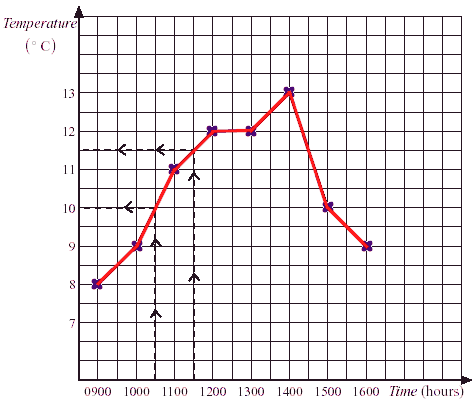
Therefore, the ordinate or the vertical axis of a graph is also commonly known as the y-axis of a graph. On the other hand, the horizontal co-ordinate is denoted by the letter x. Therefore, the abscissa or the horizontal axis of a graph is also commonly known as the x-axis of a graph. The x-axis or the x co-ordinate (also known as the horizontal axis of the graph or its abscissa) is the first element in a pair of co-ordinates.
On the other hand, the y-axis or the y co-ordinate (also known as the vertical axis of the graph or its ordinate) is the second element in a pair of co-ordinates.